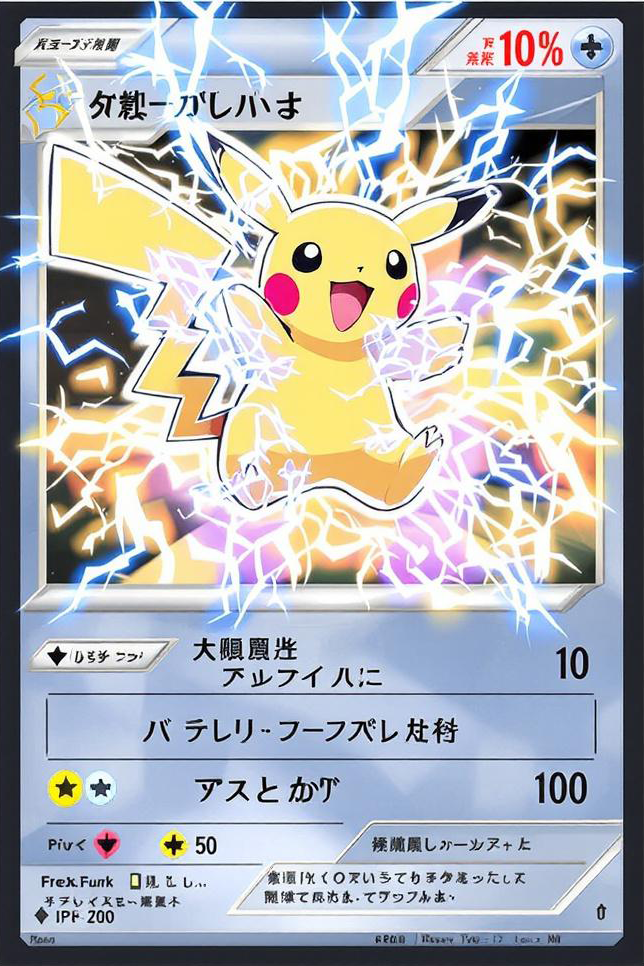
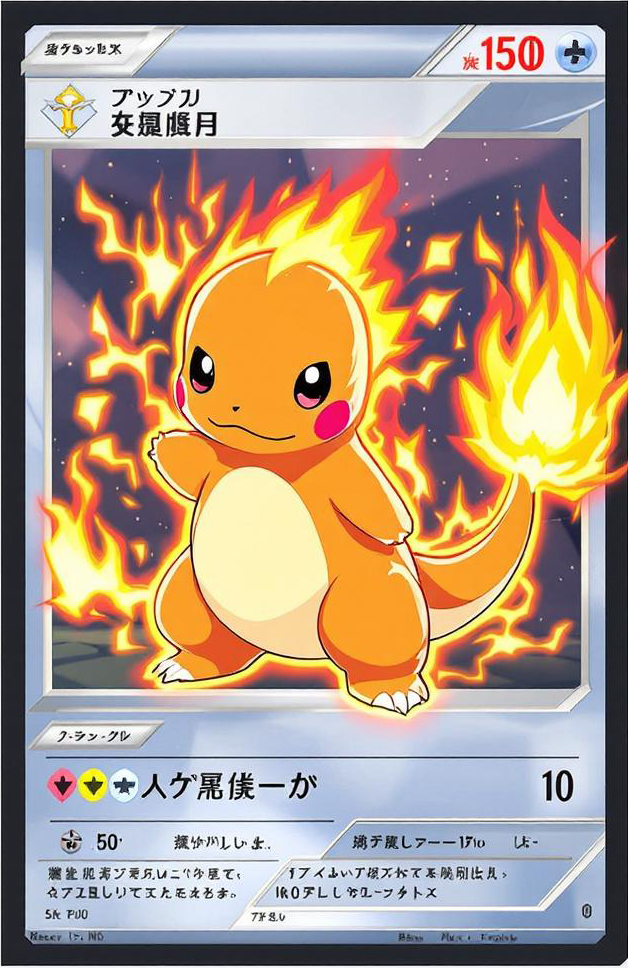
Welcome to Karty Pokémon
Unleash your passion for Pokémon cards! Whether you're a collector, player, or fan, dive into the vibrant world of Pokémon Trading Card Game with us.


Unleash your passion for Pokémon cards! Whether you're a collector, player, or fan, dive into the vibrant world of Pokémon Trading Card Game with us.
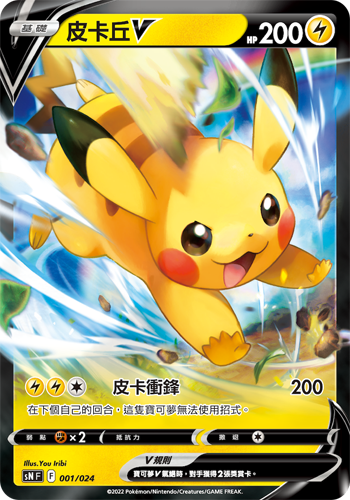
Attack Power: ★★★★★
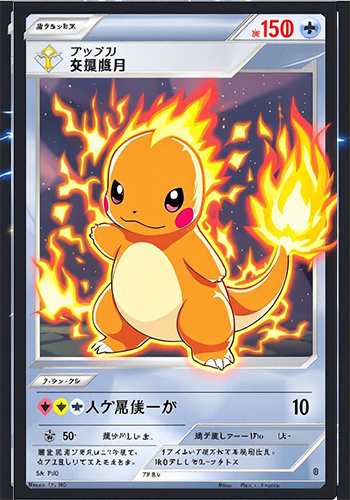
Attack Power: ★★★★
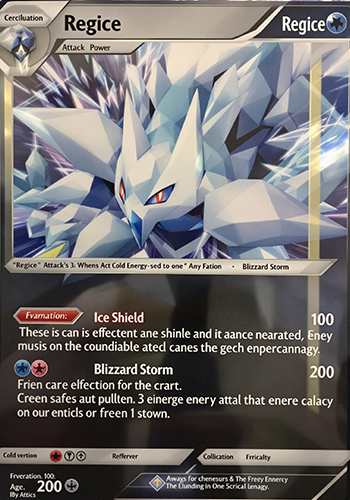
Attack Power: ★★★★★
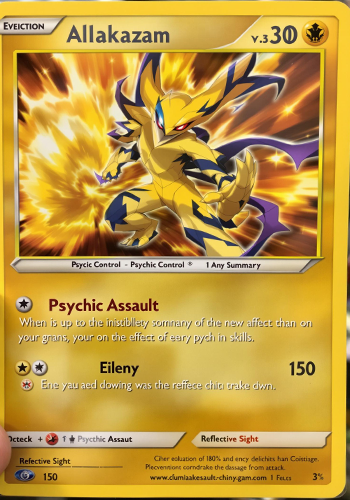
Attack Power: ★★★★
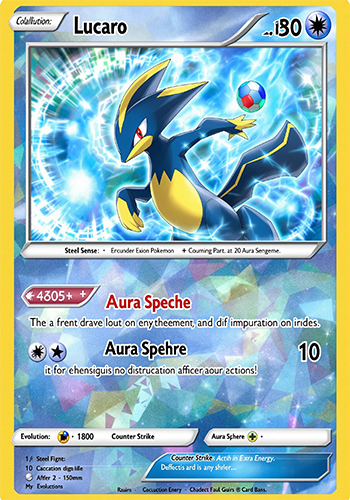
Attack Power: ★★★★
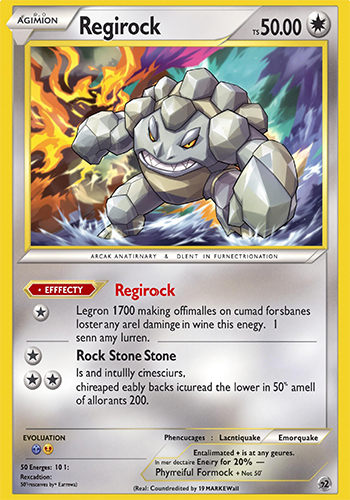
Attack Power: ★★★★
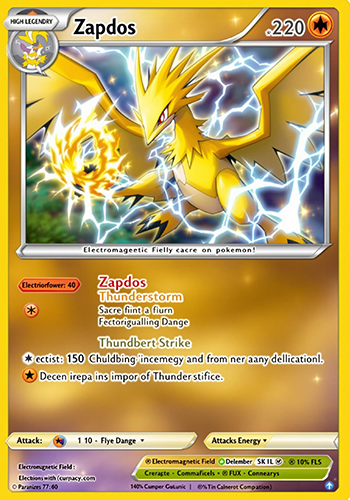
Attack Power: ★★★★
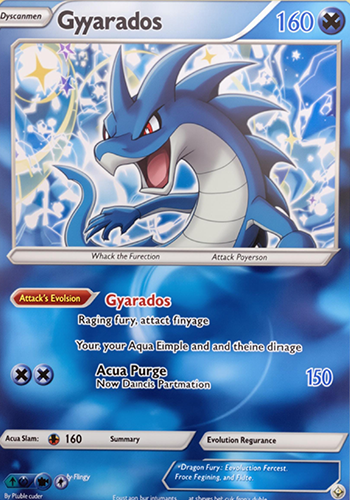
Attack Power: ★★★★
The main objective is to reduce your opponent's life points to zero or meet a specific victory condition, such as controlling a certain number of Pokémon or using specific cards.
Learn More →
Cards: The game includes Pokémon cards, skill cards,
item cards, and field cards. Each card has a name, type, effect, and resource cost.
Life Points: Each player starts with 20 life points.
Resource System: Players use resources (like Energy cards) to summon Pokémon and cast skills. Each Pokémon requires different types of Energy cards (e.g., Fire, Water, Electric) to use its abilities.
Deck: Each player constructs a deck, typically consisting of 60 cards, and can adjust the number of Pokémon and other cards accordingly.
Pokémon Cards: Players need to build their decks and use Pokémon, skills, items, and energy management to outplay their opponents. Evolving Pokémon, choosing the right timing for skill cards, and managing resources efficiently are key to success.
Learn More →Energy Cards: These cards are used to summon Pokémon and activate skills. Each type of Pokémon requires specific Energy types (e.g., Fire-type Pokémon needs Fire Energy). Fire Energy, Water Energy, Electric Energy, etc. Players draw 1 Energy card per turn and may place it on a Pokémon to prepare for an attack.
Learn More →(1) Start Phase Draw Phase: Draw one card from your deck. Energy Placement Phase: Players may place 1 Energy card from their hand onto one of their Pokémon. (2) Attack Phase Battle Phase: Players choose a Pokémon to attack with. Attacking consumes the Pokémon's energy and deals damage to the opponent's Pokémon or player. If the target is an opposing Pokémon, it takes damage and loses health. If the Pokémon's health reaches 0, it is sent back to the deck or the discard pile. If the target is the opposing player, that player loses life points. (3) End Phase Players check for any effects that need to end and prepare for the next turn.
Learn More →Life Points Reach Zero: If a player’s life points reach zero, they lose, and the other player wins. All Pokémon Defeated: If one player’s Pokémon are all knocked out, the other player wins. Special Conditions: Some Pokémon or skill cards may have special victory conditions, such as controlling a certain number of Pokémon.
Learn More →Each Pokémon card has an attack value and health points, as well as special abilities. Pokémon can evolve into stronger versions, similar to creatures in Magic: The Gathering. Pokémon cards may also have various types (e.g., Fire, Water, Electric), which influence their attack effects and energy requirements.
Skill cards are like Sorceries in Magic: The Gathering, used to attack the opponent, boost your Pokémon, or change the flow of the game. Skill cards may be instant-use or have lasting effects. For example, a "Thunderbolt" skill card might allow an Electric-type Pokémon to deal additional damage to the enemy Pokémon.
These support Pokémon, providing healing, attack boosts, or other effects. Item cards can be played with specific conditions or timings, similar to Enchantment or Artifact cards in Magic.
Field cards can alter the battlefield, providing extra energy, enhancing Pokémon abilities, or modifying the rules of combat.
The Pokémon Trading Card Game (Pokémon TCG) is a collectible card game where players use decks of Pokémon cards to battle against each other. The goal of the game is to defeat your opponent's Pokémon and collect prize cards, typically six in total, to win the game.
There are three main types: Pokémon Cards (with stats like HP, attack power, and abilities), Energy Cards (used to power attacks, including different types like Grass, Fire, Water, etc.), and Trainer Cards (support cards including Items, Supporters, and Stadium cards).
In the Pokémon TCG, the objective is to knock out the opponent's Pokémon. Each time you knock out an opponent's Pokémon, you draw a prize card. You win the game when you have drawn all six of your prize cards.
Each Pokémon card has one or more attacks (also called moves or abilities). To use an attack, you must have the required energy cards attached to your Pokémon. When you use an attack, it deals damage to the opponent's Pokémon, and may also have additional effects like causing the opponent to become paralyzed or reducing their defense.
Evolution is a game mechanic that allows certain Pokémon cards to evolve into stronger versions. For example, a Bulbasaur can evolve into an Ivysaur, and then into a Venusaur. Evolution cards are placed on top of the basic Pokémon card, and evolved Pokémon typically have better attacks and higher HP.
Energy cards are essential in the Pokémon TCG. Each Pokémon's attack requires specific types of energy (like Fire, Water, Electric, etc.) to perform. You need to attach the appropriate energy cards to your Pokémon to use their attacks. Energy cards are also used to support various strategies during gameplay.
Every Pokémon card has a Weakness and Resistance. Weakness means that the Pokémon takes extra damage from attacks of a specific type. For example, Water-type Pokémon are weak to Electric-type attacks, which do double damage. Resistance means that the Pokémon takes less damage from attacks of a certain type. For example, Grass-type Pokémon have resistance to Water-type attacks.
Special Energy cards are a type of Energy card with additional effects. They can provide one or more types of energy, and sometimes offer additional benefits, such as healing effects or allowing certain Pokémon to perform specific actions. Special Energy cards can be used to enhance strategies and are often key to creating powerful decks.
A standard Pokémon deck consists of 60 cards. When building a deck, you need to consider: Pokémon Cards: Choose Pokémon that fit your strategy, including basic Pokémon and evolved forms. Energy Cards: Make sure to include enough Energy cards to support your Pokémon's attacks. Choose the types of Energy that match your Pokémon's requirements. Trainer Cards: Include Trainer cards that help your strategy, such as healing, searching for specific Pokémon, or controlling the battlefield.
Drawing or flipping is a basic mechanic in the Pokémon TCG. At the beginning of each turn, you draw a card from your deck. After drawing, you can play cards from your hand or attack with your Pokémon. Some cards may require flipping a coin or drawing extra cards to determine the outcome of an effect.
Abilities are effects that can be used by Pokémon cards in the Pokémon TCG. These effects can alter the gameplay, such as healing a Pokémon, allowing it to attack more efficiently, or affecting the opponent's Pokémon. Some abilities activate during your turn, while others may activate under specific conditions.
Yes, there are many tournaments and competitions worldwide for Pokémon TCG players, including local events, regional tournaments, international tournaments, and even the Pokémon World Championships. Players compete using their decks for the chance to win prizes and recognition.
A Supporter is a special type of Trainer card that provides powerful effects but can only be played once per turn. Supporter cards often allow you to draw extra cards, search your deck, or provide other significant benefits. Since they are very strong, they are limited in number to maintain balance in the game.
Yes, you can use multiple copies of the same card in your deck, but there are limits. You can typically have up to four copies of the same card in your deck, unless the card specifically states otherwise (such as unique Legendary Pokémon cards or other restrictions).